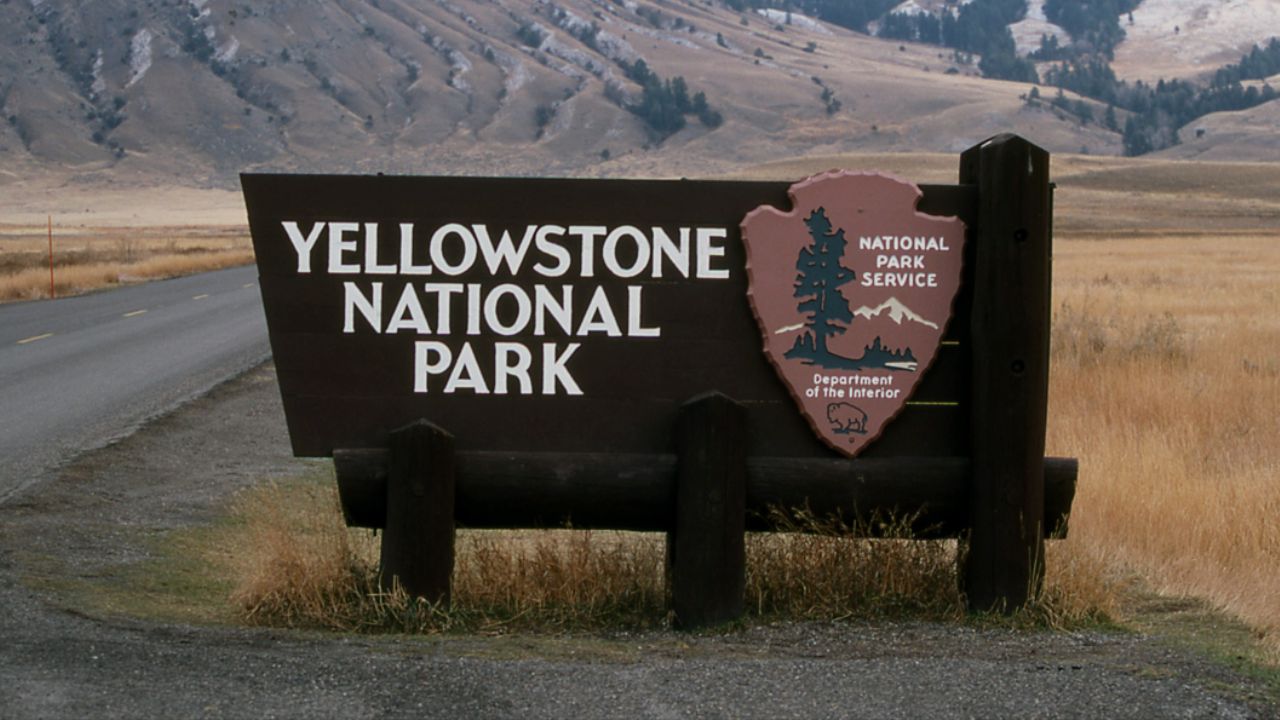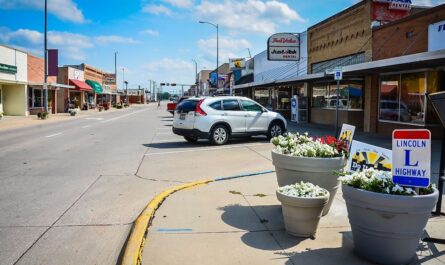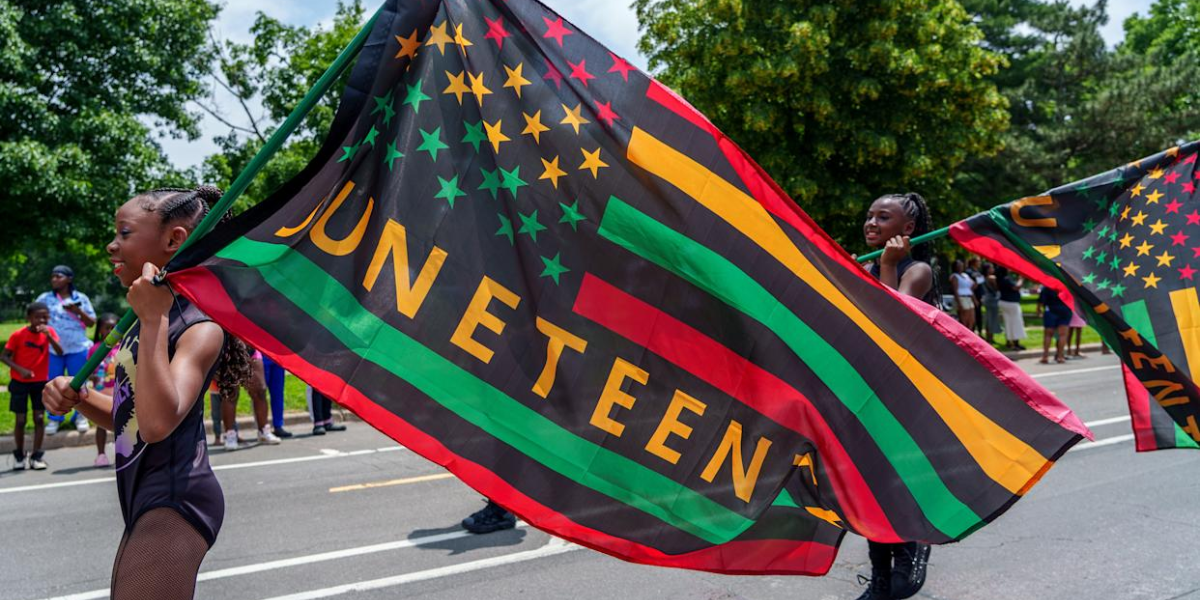Montana — Known for its rugged wilderness and breathtaking scenery, Montana is home to one of the most awe-inspiring yet hazardous destinations in America: Yellowstone National Park. Spanning parts of Montana, Wyoming, and Idaho, Yellowstone draws millions of visitors each year who come to witness its geothermal wonders, dramatic landscapes, and abundant wildlife. But behind the beauty lies real danger, making it one of the most dangerous tourist attractions in the United States.
The Perils Beneath the Beauty
Yellowstone is home to the largest concentration of geothermal features in the world, including more than 500 active geysers, countless hot springs, and unpredictable mudpots. While these phenomena are visually stunning, they can also be deadly.
- Boiling waters in hot springs like the Grand Prismatic Spring can exceed 180°F (82°C).
- Visitors who ignore boardwalks and safety warnings risk severe burns or even death.
- Tragic incidents have occurred where individuals fell into geothermal pools, with outcomes that were fatal.
According to The Wrangler, Beyond geothermal risks, the park’s mountainous terrain adds further hazards. Steep trails, loose rocks, and sudden weather changes can transform a simple hike into a survival challenge. Each year, park rangers respond to accidents caused by slips, falls, or inadequate preparation.
Wildlife Encounters: A Real Threat
Yellowstone is often celebrated for its diverse wildlife, but these animals can also pose serious dangers to tourists. The park is home to:
- Grizzly bears and black bears
- Bison, weighing up to 2,000 pounds
- Wolves and elk, both unpredictable when approached
Despite repeated warnings, many visitors attempt to take photos or interact with wildlife, sometimes with devastating results.
Officials recommend:
- Staying at least 300 feet from bears and wolves
- Keeping 75 feet from bison and elk
- Never attempting to feed or touch wild animals
Every year, stories emerge of tourists being gored by bison or attacked by bears after ignoring safety guidelines. These encounters highlight that Yellowstone’s wilderness must be respected, not underestimated.
Why Yellowstone Is Considered So Dangerous
There are several reasons Yellowstone ranks among the nation’s most perilous destinations:
- Geothermal Hazards: Scalding pools and geysers can cause instant, fatal injuries.
- Wildlife Risks: Large mammals may charge or attack if provoked.
- Treacherous Terrain: Rapid weather changes and rough trails increase the risk of accidents.
- Human Error: Many accidents occur because visitors ignore posted rules or wander off trails.
The combination of natural forces and risky behavior makes Yellowstone uniquely dangerous compared to other national parks.
Tragedies That Made Headlines
Yellowstone’s dangers aren’t hypothetical—they’ve resulted in real tragedies. Some examples include:
- Tourists falling into boiling springs after stepping off boardwalks.
- Hikers becoming stranded or injured due to sudden snowstorms and steep terrain.
- Viral cases of tourists being tossed into the air by bison after trying to take close-up photos.
Even well-meaning actions, such as attempting to “help” wildlife, can lead to disastrous consequences. In some cases, animals must be euthanized because of human interference, adding to the tragedy.
Read Also: Florida Beaches in Volusia County Among the Most Dangerous Tourist Spots in the US
Staying Safe in the Wild
The dangers of Yellowstone don’t mean visitors should avoid it, but they do underscore the importance of caution. Park rangers emphasize:
- Obeying safety signs and barriers near geothermal features.
- Sticking to marked trails and carrying proper gear for hikes.
- Keeping safe distances from wildlife at all times.
- Preparing for sudden weather changes, especially in higher elevations.
By following these guidelines, most visitors enjoy unforgettable experiences without incident. Still, Yellowstone demands humility and respect from everyone who enters its boundaries.
Yellowstone: Beauty and Danger in Balance
Montana’s stretch of Yellowstone National Park remains a global symbol of nature’s power and raw beauty. But that very beauty is what makes it dangerous. From boiling geysers to massive bison, Yellowstone presents hazards unlike any other U.S. destination.
For adventure seekers, Yellowstone is a bucket-list location—but it requires careful preparation and responsible behavior. As officials warn, the park is not an amusement park; it is a living wilderness where mistakes can be fatal.
Final Thoughts
Montana’s Yellowstone stands as both a natural wonder and a cautionary tale. The same forces that make it magical also make it hazardous. Visitors can experience the adventure of a lifetime, but only if they respect the risks that come with it.
What do you think—should Yellowstone have stricter rules to protect tourists, or is it up to visitors to act responsibly? Share your thoughts in the comments on ibwhsmag.com.


 by
by 

